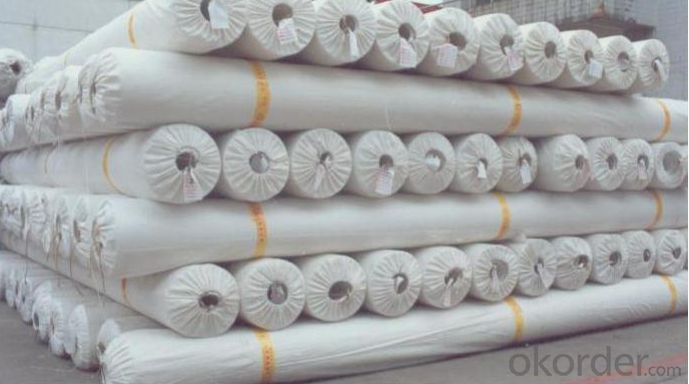- Understanding the Role of Geomembrane Liners in Waste Management
- Innovations in Geomembrane Liners for Water Management
- Geomembrane Liners: A Comprehensive Guide
- The Future of Geomembrane Liners in Civil Engineering
- Geomembrane Liners: Enhancing Landfill Stability
Manager:
WhatsApp:+86 177 0135 2670
Tel:+86 177 0135 2670
Email:marketing@okorder.com
Address:3rd Floor, No.2 Building, No.1 Sanlihe Road
The Environmental Impact of Geomembrane Liners
Geomembrane liners, a term that might sound like a fancy word for a plastic sheet, but these liners are much more than that. They are a crucial part of modern environmental engineering, playing a significant role in waste containment and water management. But like all things, they come with their own set of impacts, both positive and negative. Let's dive into the world of geomembranes and explore their environmental footprint.

A Brief Introduction to Geomembrane Liners
Before we get into the nitty-gritty of their environmental impact, let's first understand what geomembranes are. They are synthetic materials, often made from polymers like polyethylene or PVC, and are used as a barrier to prevent the migration of fluids, gases, or particulates. They are commonly used in landfills, reservoirs, and canals to name a few.
The Good Side of Geomembrane Liners
Now, let's talk about the good stuff. Geomembrane liners are incredibly effective at preventing leaks and contamination. They are durable, resistant to chemicals, and can last for decades without degrading. This means that they are a reliable solution for long-term projects, providing a stable and secure barrier.
But it's not just about preventing leaks. Geomembrane liners also help in water conservation efforts. By lining reservoirs and canals, they reduce water loss due to seepage, ensuring that more water is available for consumption and agriculture. This is particularly important in areas where water is scarce.
The Not-So-Good Side of Geomembrane Liners
However, it's not all sunshine and rainbows. The production of geomembranes involves the use of non-renewable resources and the release of greenhouse gases. The manufacturing process is energy-intensive and can contribute to air and water pollution.
Moreover, at the end of their life cycle, geomembranes can pose a challenge for waste management. They are not easily biodegradable and can take hundreds of years to break down. This means that they contribute to the growing problem of plastic waste in our environment.
The Role of Recycling in Mitigating Impacts
Thankfully, there are ways to mitigate these impacts. Recycling is one such method. By repurposing used geomembranes, we can reduce the demand for new materials and decrease the amount of waste that ends up in landfills. Some companies are already pioneering this approach, offering services to recycle and reprocess used geomembranes.
Innovations in Alternative Materials
Another promising avenue is the development of alternative materials. Researchers are exploring the use of biodegradable polymers and other sustainable materials that can serve the same purpose as geomembranes but with a lower environmental impact. While these alternatives are still in the early stages of development, they hold great potential for the future.
Balancing Act: Weighing the Pros and Cons
So, how do we balance the benefits of geomembrane liners with their environmental impacts? It's a complex issue that requires careful consideration. It's about making informed decisions, choosing the right materials for the right applications, and constantly seeking ways to reduce our environmental footprint.
The Future of Geomembrane Liners
As we look to the future, it's clear that geomembranes will continue to play a vital role in our infrastructure. But it's also important that we continue to innovate and find ways to minimize their environmental impact. This could mean investing in recycling programs, supporting the development of alternative materials, or even rethinking the way we design and construct our projects.
In conclusion, geomembrane liners are an essential tool in our fight against environmental degradation, but they are not without their drawbacks. By understanding their impact and taking steps to mitigate it, we can ensure that they continue to serve us well without compromising the health of our planet.
- Previous:Geomembrane Liners: A Barrier Against Soil Contamination
- Next:The Installation Process of Geomembrane Liners
-
2024-12-05Geomembrane Liners: A Comprehensive Guide






